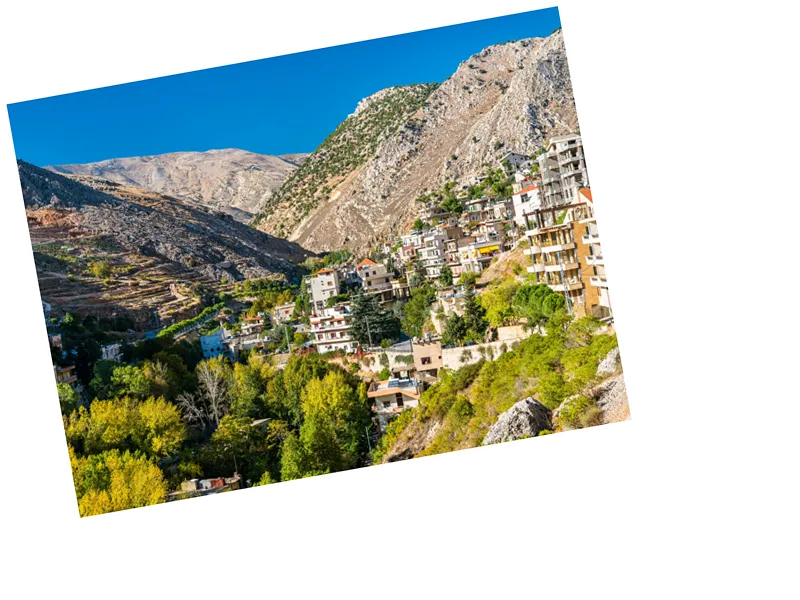Hermel: A Cultural and Historical Gem in Northeastern Lebanon
The city of Hermel, located in northeastern Lebanon's Bekaa region, is a city rich in history and culture. Situated approximately 143 kilometers from Beirut, Hermel is known for its stunning geographical features, including its location on the western slope of a mountain range and the flowing Orontes River that cuts through its eastern valley. With an area of about 136 square kilometers and an elevation of 750 meters above sea level, Hermel is surrounded by picturesque plateaus and valleys, making it a significant natural and cultural landmark.
The Historical Significance of Hermel
Hermel's name has various interpretations, with some suggesting it means “the old one,” indicative of its ancient roots, while others believe it derives from “Haram El,” a goddess worshipped by the Canaanites. The city has been a prominent stronghold of Hezbollah, leading to its involvement in several conflicts, particularly with Israel. Notably, it faced multiple Israeli raids during confrontations, including a significant operation in September 2024. The area is also known as the “City of Martyrs,” reflecting the many resistance fighters from Hermel who lost their lives in battles against Israeli forces and during the Lebanese civil war.
Economic Activities and Natural Attractions
The economy of Hermel is primarily based on agriculture, with residents cultivating wheat and barley, alongside livestock farming. Fish farming has emerged as a vital sector, capitalizing on the abundant natural resources provided by the Orontes River. The river is not only a source of sustenance but also a major tourist attraction, lined with cafes and hotels, and surrounded by dense forests of oak and fir trees. Among Hermel's notable landmarks is the ancient Hermel Pyramid, a conical structure steeped in legend, and the Builders Palace, a historical site dating back to 200 BC, which served as a residence for workers and later as a monastery.





